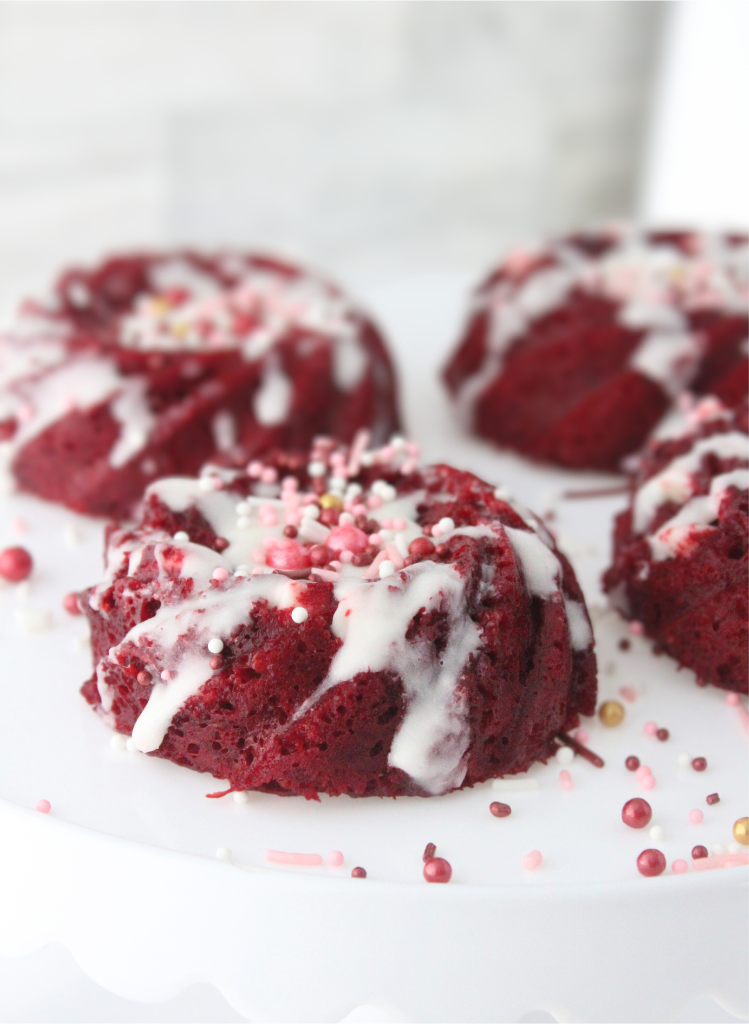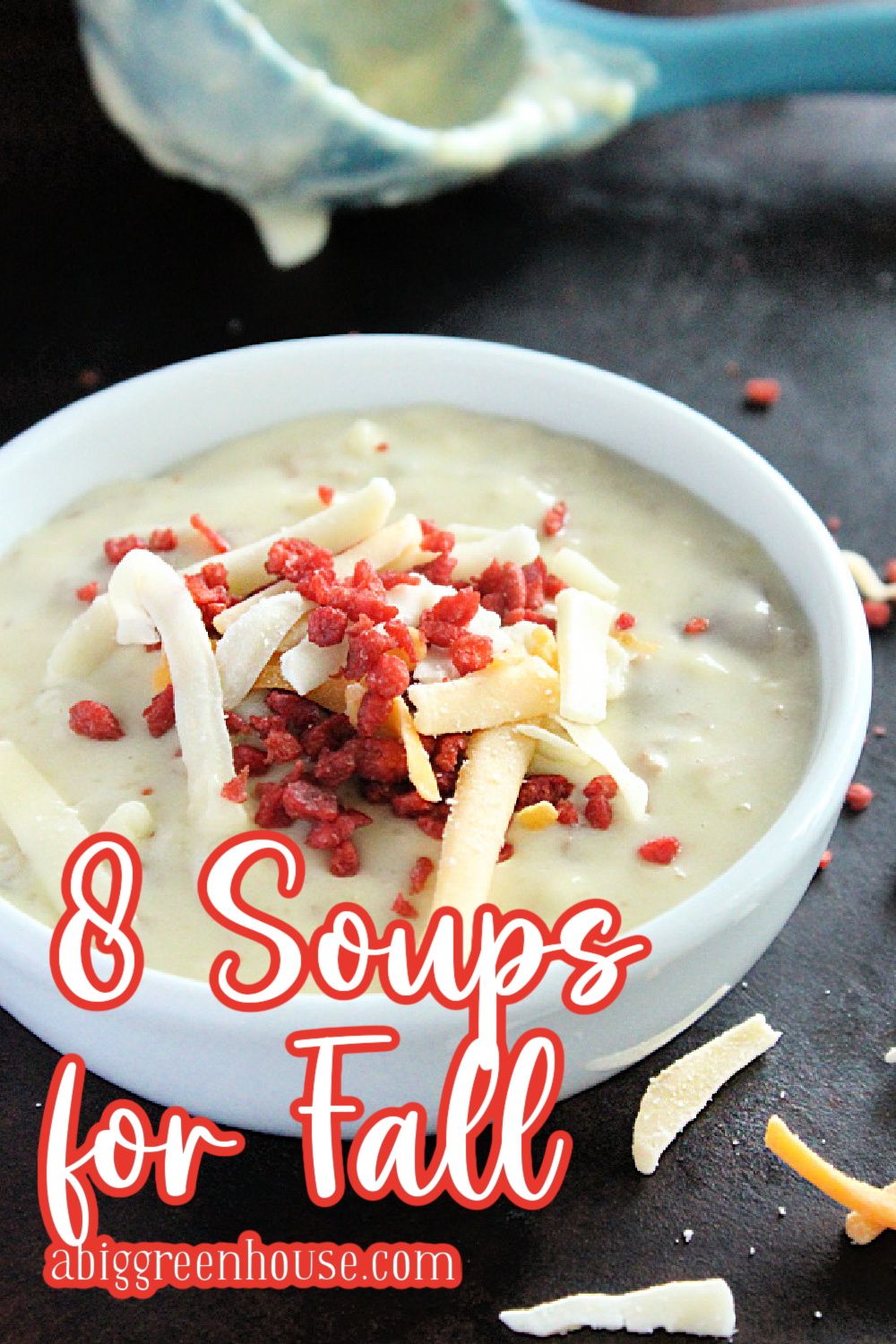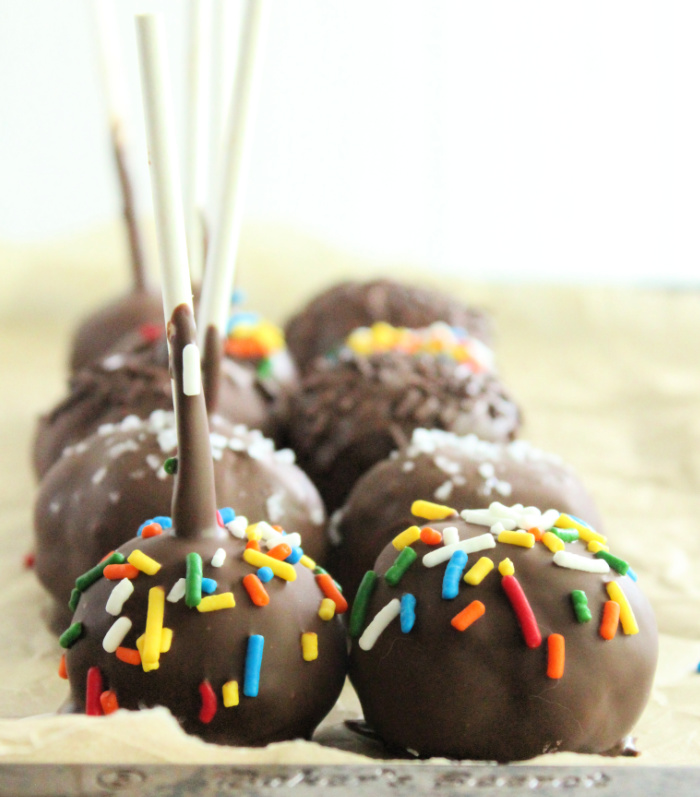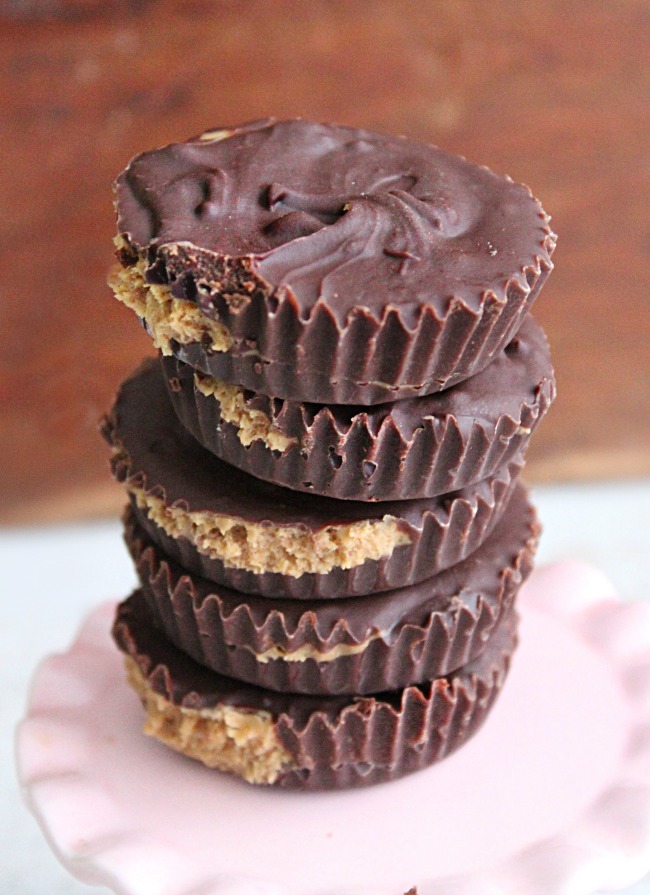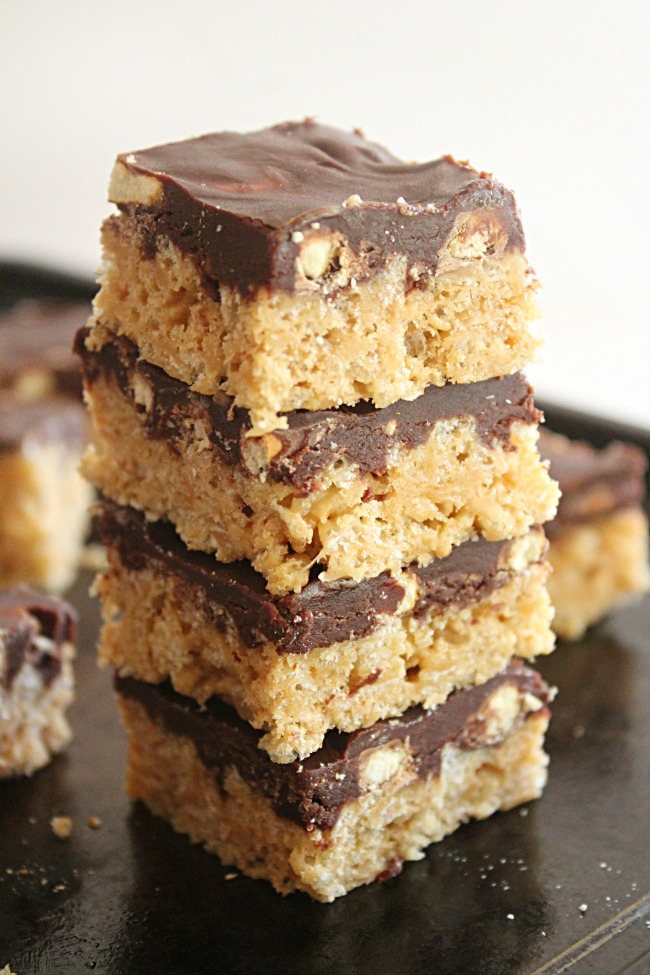14 Historic Soda Brands Still on Shelves Today
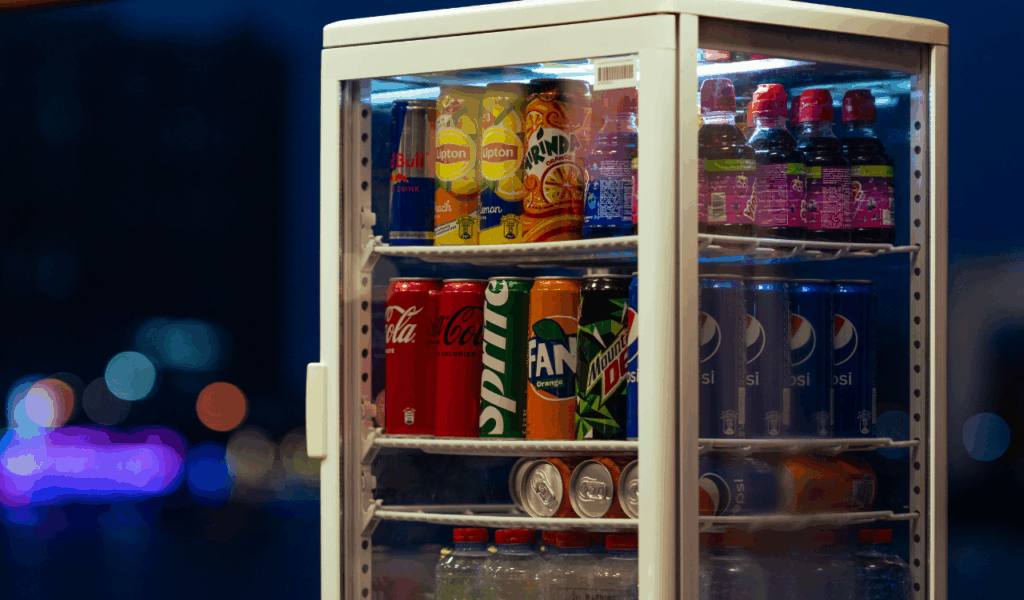
Nowadays, we frequently forget that many of the soda brands we like have been around for decades or even centuries. These classic sodas, which have changed over time but are still available, serve as a reminder of consistency in the ever-evolving beverage industry. This article examines 14 iconic soda brands that are still in use today, some are worldwide behemoths, while others are local gems, and how they have withstood ownership changes, wars, and shifting consumer preferences to live on in our glasses as fizzy memories.
1. Schweppes
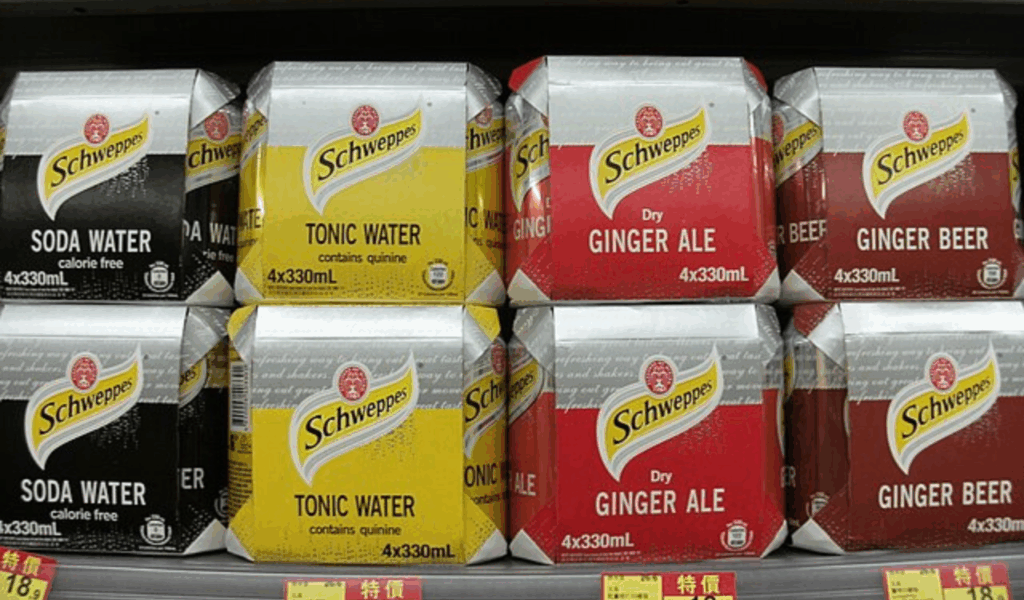
With roots in the late 18th century, Schweppes is considered by many to be among the oldest soda brands still available. Before developing into flavored sodas and tonics, it started out as carbonated mineral water that was promoted for its “effervescence” and health benefits. As it grew internationally, Schweppes began selling flavored sodas, ginger ale, and tonic water under a number of licensing agreements. It still has a connection to the early days of soda’s commercialization and is widely accessible throughout North America, Europe, and many other regions. Origin: 1783
2. Vernors Ginger Ale
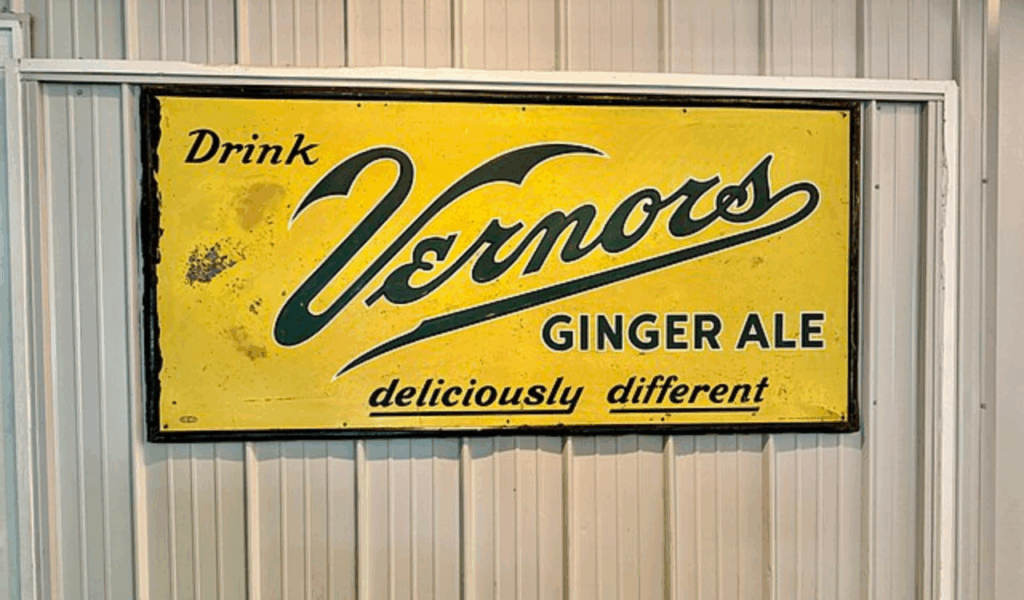
First served in Detroit in 1866, Vernors is the oldest ginger ale brand still in existence in America. The recipe, which was developed by pharmacist James Vernor, includes ginger, vanilla, and spices. Its unique flavor comes from its initial aging in oak barrels. Today, a division of Keurig Dr Pepper still owns Vernors, which is available for purchase in several US states. Its distinctive soda profile and local fan loyalty are partially responsible for its longevity.
3. Coca‑Cola
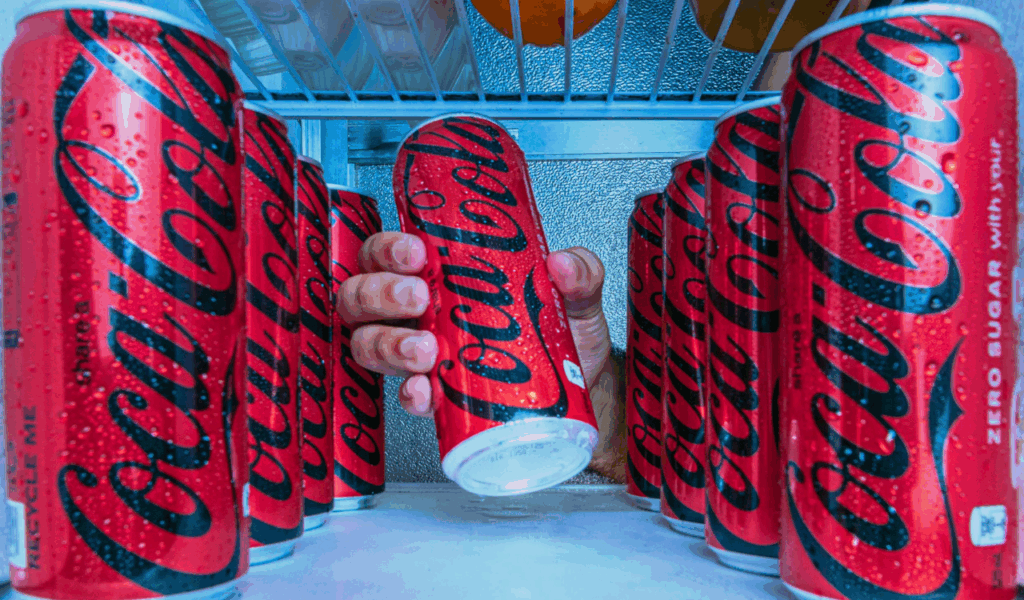
Coca-Cola has a longer history than most other soda brands. Coke was first introduced by pharmacist John Pemberton in 1886 as a soda fountain tonic and has since grown to become one of the most well-known beverage brands in the world. Coca-Cola maintained the essential elements of its original cola while expanding its flavors, packaging, and distribution over time. It is still a mainstay of the soft drink industry today, with several varieties (diet, sugar-free, and flavored lines) available in almost every nation.
4. Pepsi
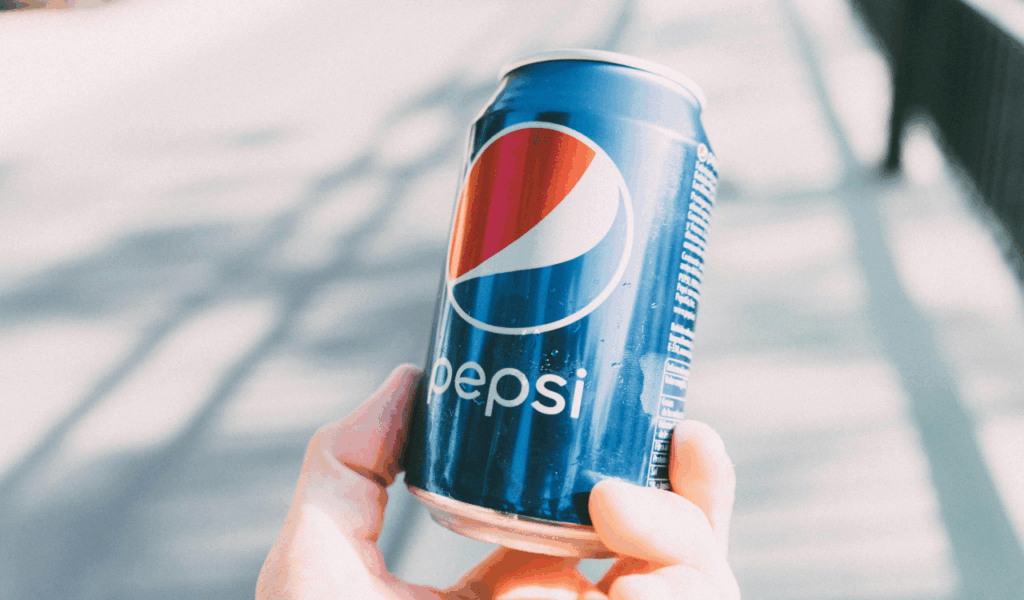
The history of Pepsi begins in 1893, when pharmacist Caleb Bradham unveiled “Brad’s drink,” which was subsequently renamed Pepsi-Cola. Pepsi has triumphed over wars, competition, economic hardships, and changes in consumer preferences throughout its lengthy history. It developed into flavored, diet, and sugar-free varieties. The brand’s tenacity is demonstrated by its widespread reach, creative marketing strategies, and capacity to adapt to shifting soda markets while maintaining its original moniker and cola identity.
5. Barq’s Root Beer
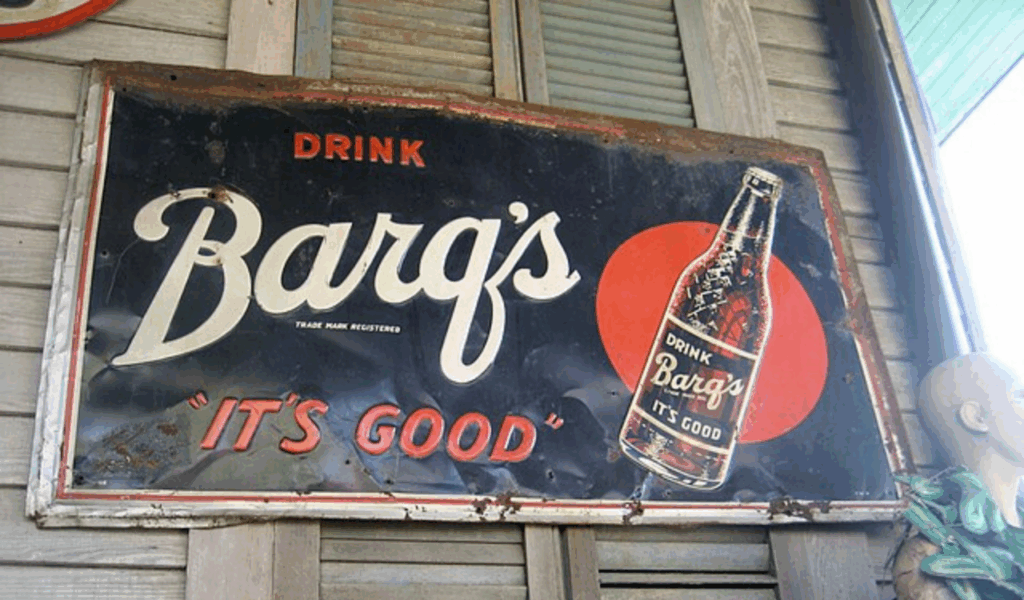
Edward Barq created Barq’s Root Beer in 1898 in New Orleans, and it was later operationally bottled in Biloxi. It set itself apart by being among the first root beers to contain caffeine, which gave it a stronger kick in the original versions. Although Barq’s eventually joined the Coca-Cola lineup, the root beer is still popular and can be found in fountains, maintaining the unique bite that many fans recall.
6. Dr Pepper
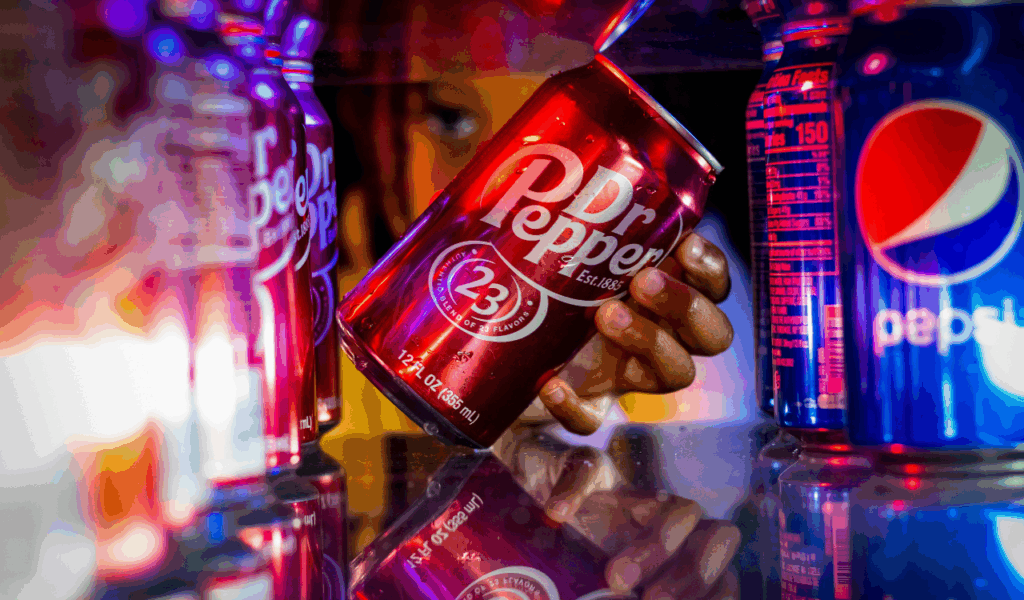
Originating in Waco, Texas, in 1885, Dr Pepper is frequently cited as the oldest major soft drink brand in the United States. Its flavor, which is marketed as a “23-flavor blend,” has never been precisely duplicated by rivals. Over the years, the brand added diet and sugar-free varieties and broadened its consumer base both domestically and internationally, but it never lost its core flavor identity or brand name. In many nations, it is still a mainstay on store shelves.
7. Dad’s Root Beer & Cream Soda
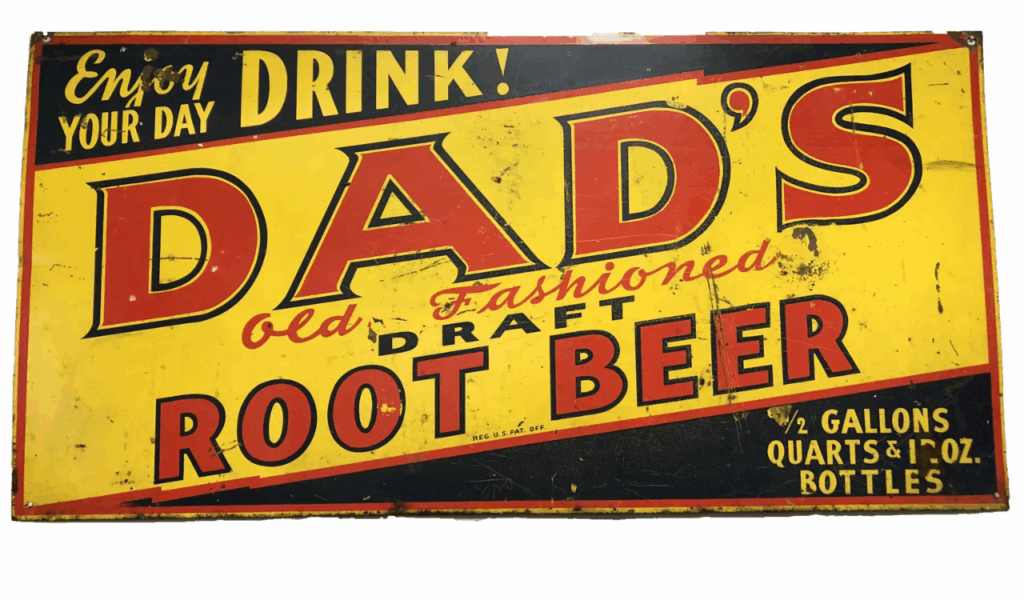
Dads was founded by Barney Berns and Ely Klapman in the 1930s (1937). It gained notoriety for selling both root beer and cream soda in “Papa, Mama, Junior” bottle sizes. Dad’s maintained its nostalgic following while expanding its distribution over time. Dad’s is still made today and is available in many American markets and specialty soda stores under the classic flavor lines of root beer, cream soda, and orange cream.
8. Stewart’s
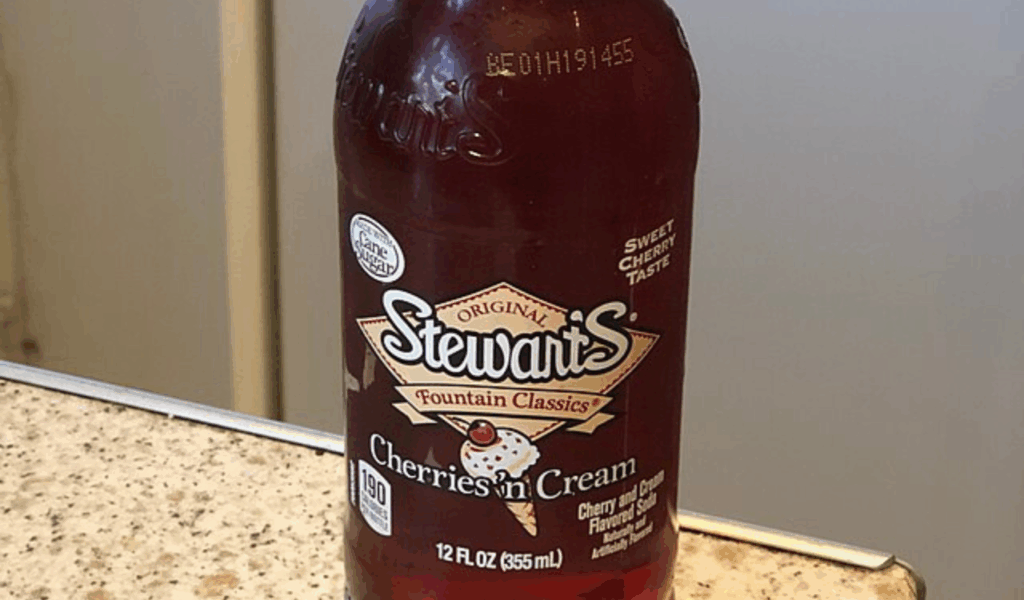
Originating in the early 1900s, Stewart’s soda is associated with its drive-in restaurants and soda fountains. In addition to root beer, the brand now offers cherry, grape, cream soda, orange, and other flavors. In many markets today, Stewart’s drinks are still bottled and marketed under the Stewart’s name, and the brand is frequently connected to nostalgic soda fountain history.
9. Shasta
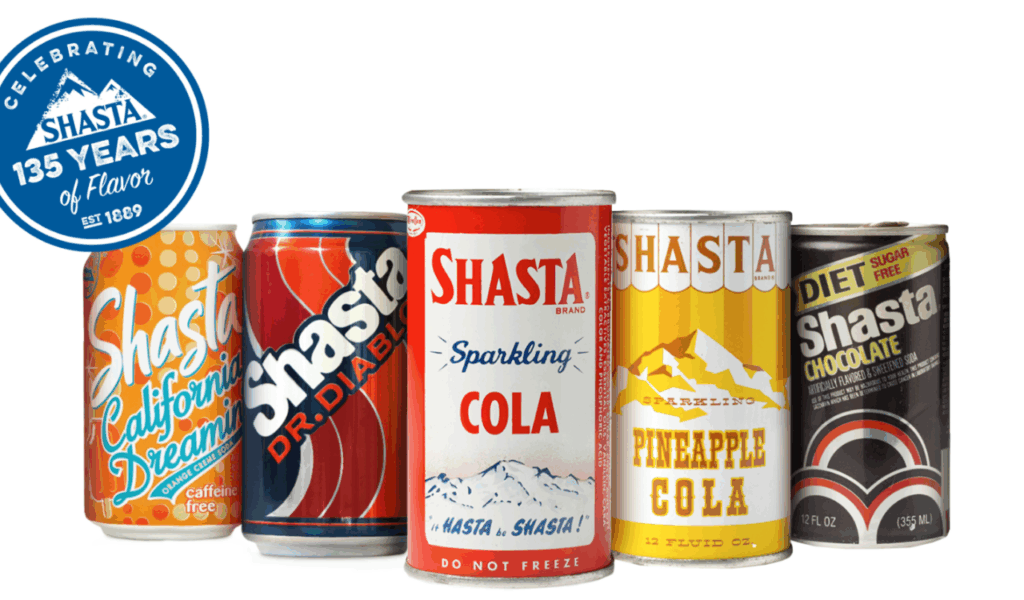
Around 1889, Shasta was founded in California. It established a reputation as a widely available, reasonably priced soda brand with a wide variety of flavors (cola, fruit sodas, and flavored lines) for the majority of the 20th century. Shasta sodas are still accessible in many areas, specialty shops, and through nostalgic soda distributors, despite having undergone multiple ownership changes and somewhat retreating from mass shelf dominance.
10. Vess
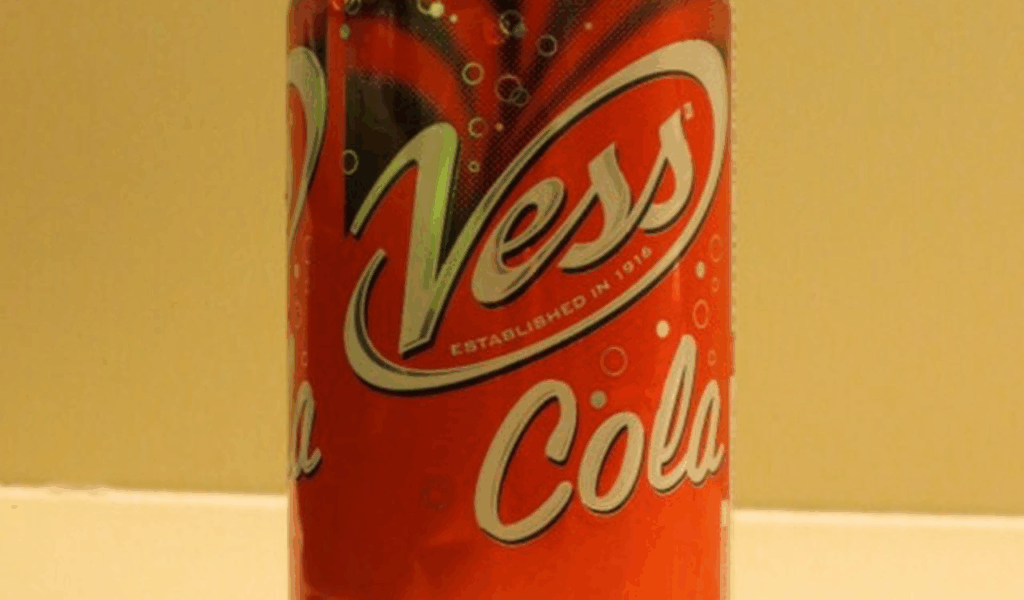
Sylvester “Vess” Jones founded Vess Soda, which has been in business since 1916. Its flagship orange soda, Whistle, was first created in collaboration with the future 7UP founder. Vess increased its distribution and lineup over time, particularly in the Midwest of the United States. Today, Vess is still produced and sold, mostly in regional areas, in cans, bottles, and multi-liter formats while maintaining its iconic brand identity.
11. Fioravanti
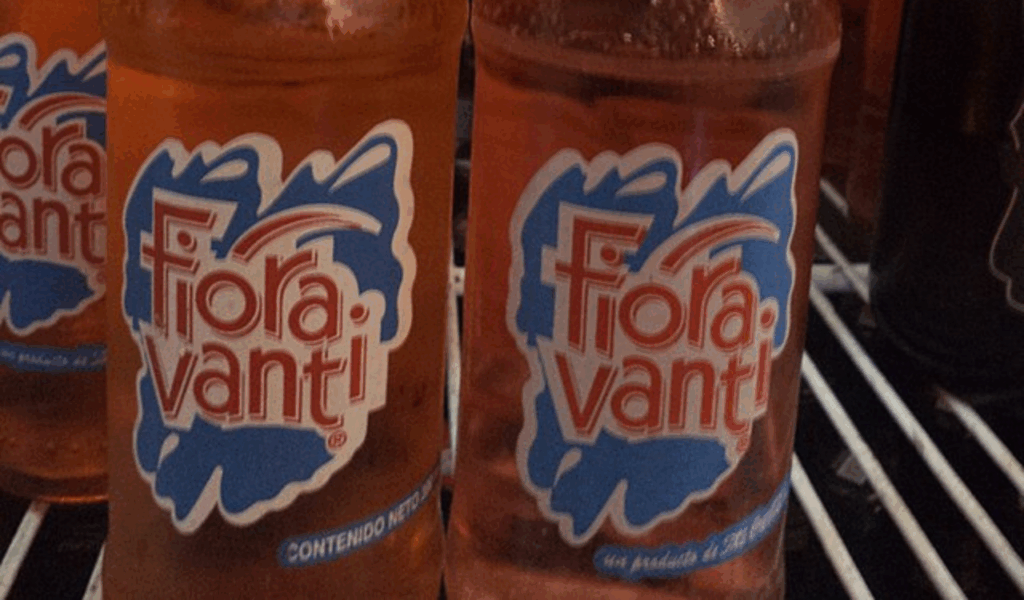
One of Ecuador’s oldest fruit soda brands, Fioravanti (also known as “Fiora”), dates back to the late 1800s (it was first introduced around 1878). Fioravanti developed flavor lines over time, including apple and strawberry sodas, and it is still available in some regions of Latin America. Its continued existence serves as a reminder that heritage soda brands are not only a global phenomenon but also an American phenomenon.
12. Bundaberg (Soda / Soft Drinks)
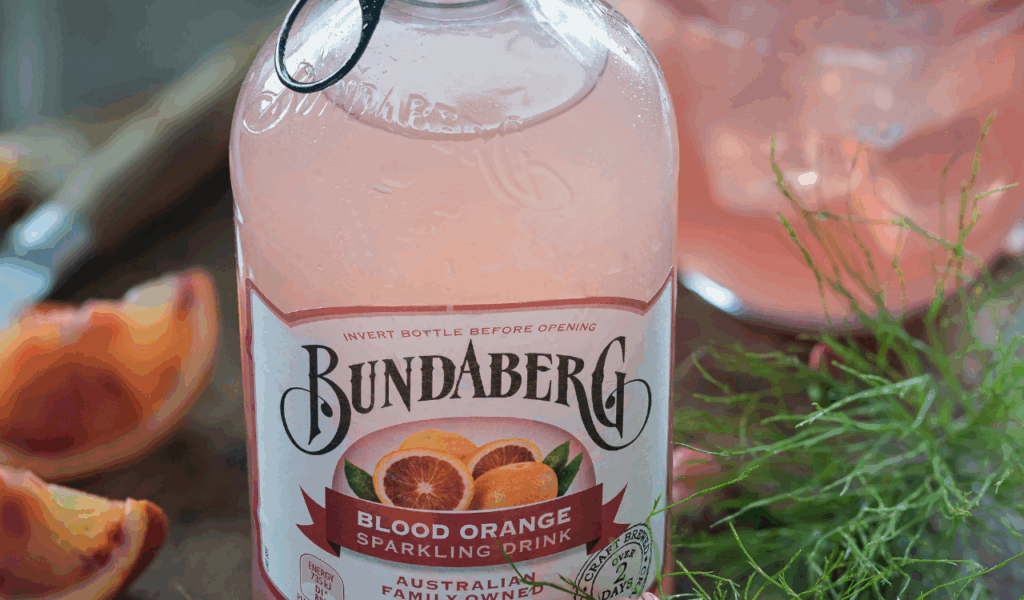
Established in 1968, Bundaberg is an Australian company that makes a variety of fruit-flavored soft drinks in the traditional brewing method (such as ginger beer, root beer, lemon, etc.). Despite being “only” a few decades old in comparison to names from the 19th century, Bundaberg capitalizes on earlier brewing soda traditions. Its bottled soft drinks are still widely accessible throughout the world, and the brand frequently highlights conventional techniques that connect the past and present.
13. Ale-8-One
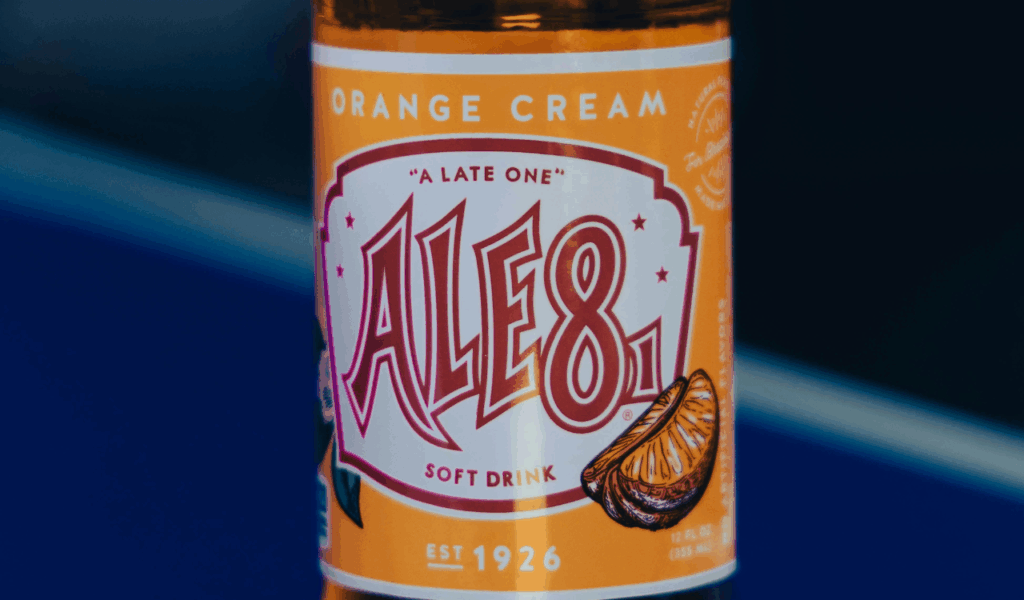
Introduced in 1926, Ale-8-One is a historic soft drink from Kentucky. It started out as a ginger and citrus mixture and quickly gained popularity in the area. Ale-8-One maintained its local identity, branding, and formula consistency while increasing its bottling reach over time. In keeping with its nearly century-old tradition, it is still made and distributed today, both domestically and through broader specialty beverage channels.
14. Cheerwine
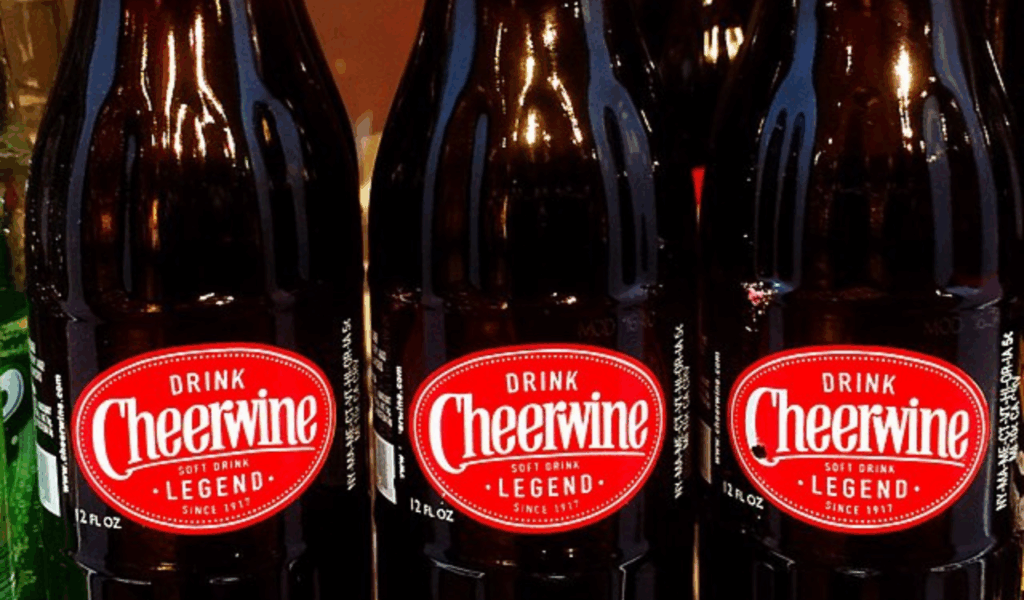
The history of cheerwine begins in 1917, when R.M. “Pappy” Gunn came up with the idea for a cherry-flavored soda that the Carolina Beverage Corporation would brew. It gained a devoted following and became a regional icon in North Carolina and the Southeast United States. Cheerwine has maintained its traditional flavor profile while growing its distribution, bottling relationships, and merchandise over time. It is still produced and distributed through national specialty soda retailers in numerous U.S. states.
